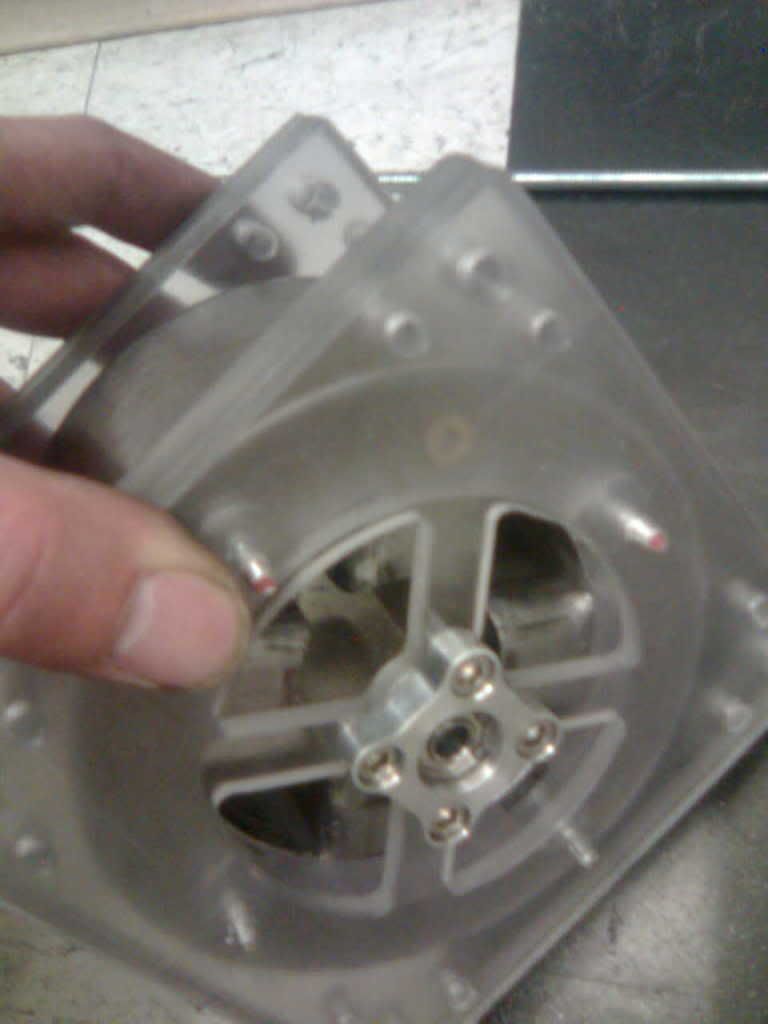Electric Motor Secrets Rapidshare Download

Amazing Free eBook Download Site! Newest Free eBook Share! Free Download PDF, EPUB, MOBI eBooks. 10000+ IT eBooks Free Download! Maximum Speed! No Registration!
Hi all.So I thought that maybe the problem is not in the circuit, nor in the coils or timing, but in the changing inductance. I mean this time the ON time is the whole 60 degrees and in these 60 degrees the rotor gets in alignment with the stator, this also changes the 60 degree current waveform.
Curtis mayfield new world order zippy. If the rotor is not in alignment with the stator, more current is needed to get it aligned, but as soon as it gets aligned, less current is needed and this is clearly visible in the current waveform. All we need to do is just chop this 60 degree ON time into many shorter pulses so we get most of it back. Hotspot shield elite crack. Might this be true? And if so, why didn't I see the same things with my V2.0 motor?
The V2.0 motor had an air gap of 0.13mm, this one has an air gap of 0.08mm. Could this small air gap difference be the cause of such a current behavior? Thank you, Jetijs Hi Jetijs, I think you pretty much explained: it must be the bigger change in inductance that causes the difference in current in the first case when the air gap is bigger. In case of the smaller airgap with the V2.0, the inductance change must be much less, may it sound rather strange.
Maybe you could use a self-inductance meter to check the changes in the uH-mH values when you rotatate the rotor slowly by hand into alighment and then out of it? The idea of chopping up the ON time into many short on-off pulses is a good one I think. This way you can reduce the negative effect of any changing self-inductance and create a more efficient recovery possibility of the flyback pulses.
You may have heard of Doug Konzen's recovery circuit that could be used with your chop up circuit, see pages 3-4-5 in this PDF file: He connects the AC input of a full wave diode bridge in parallel with the S1 switch (which switch would be the chopper switch in your case I think) and he uses another switch in series with the AC input of the bridge, slightly retarded in time wrt S1, see his Figure in page 3. I have not tested this but he has built several such recovery variants and described them in his yahoo mail group where some members built them.
The PDF file is collection on his hints. Of course, you surely can use any other recovery circuits, the reason I mention this one is because I think it nicely fits to your intended chopping solution. @cody You're correct in having to use chopping frequency which is adjustable depending on the position of the rotor (or rather depending on the inductance of the winding in any particular position). What most people don't realise is that there is a definite upper limit on the repetition rate of impulses and on their duty cycle. If the frequency is too high or duty cycle is too long the coils will act as choke. What will happen is that the current through coil will be virtually constant and one will get constant magnetisation. Which is OK for mechanical motion but it will reduce or completely disallow for inductive collapse recovery.
There are two solutions- either to reduce inductance of the winding or to lower the frequency and/or duty cycle of the impulses. I think that some months ago Jetijs measured exactly what I'm talking about (I don't have time going through past posts). As he raised chopping frequency more toward saturation point of windings recovered impulses energy was rising at first and then stuck at a certain point when he got near saturation plateau. So if you could compensate for changes in inductance of the windings at different positions of the rotor you would get maximum input/recovery ratio at all positions and all RPM's. I don't see a way of doing that by mechanical approach or simple logic circuits aside from using some MCU or other programmable device which would then have implemented lookup table for any particular motor (which is not so good if you change any parameter of your motor) or it could measure input/recovery ratio at all times and self-adjust (which can then be implemented on any version of the motor). It would represent a kind of PID control which requires some skill to implement programmatically but it's definitely doable. If I had some spare time I would even do it myself and perhaps I will if the problem is still not solved by the time I finish my commercial projects.